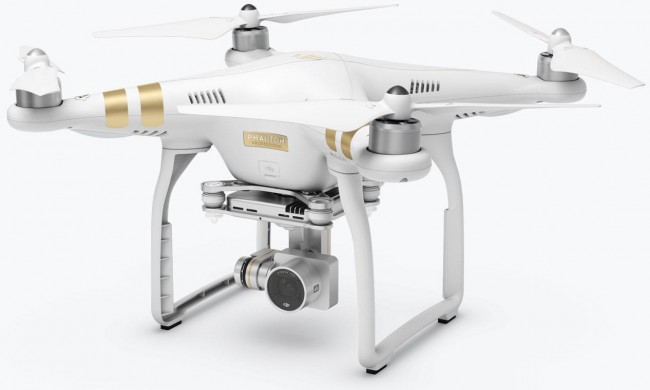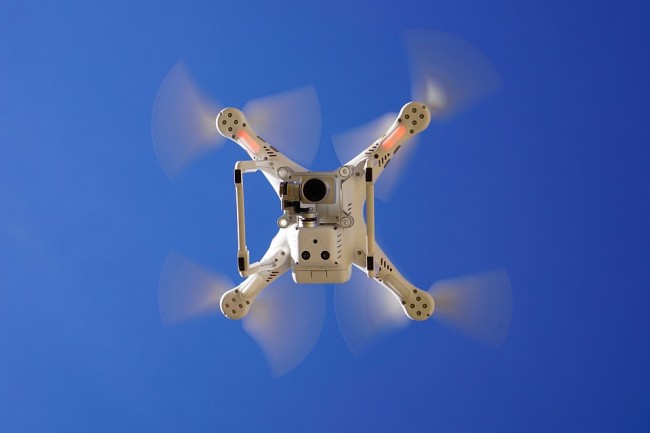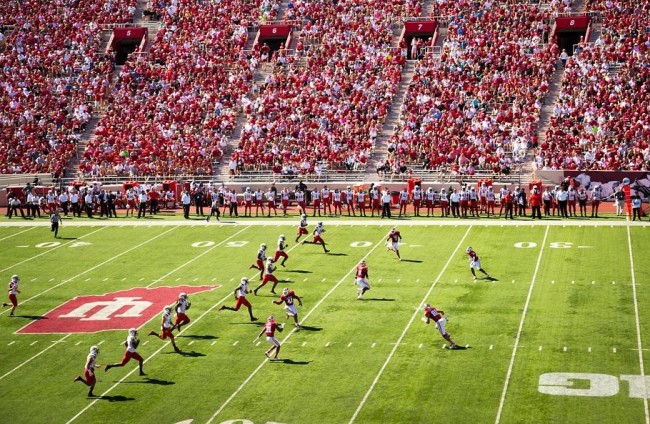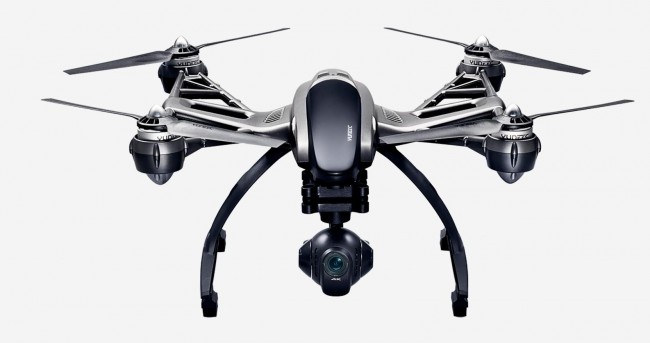As technology continues to improve and newer models are released, drones (also known as unmanned aerial vehicles) are set to play a greater role in our lives. They’re already transforming a number of industries, including agriculture, film production, photography, and sports.
Drones are relatively lightweight and highly maneuverable. For an online camera retailer, the best drones deliver high-quality shots suitable for live television using HD cameras and real-time HD video downlinks. And unlike the computer-controlled and cable-suspended CableCam system, drones aren’t limited in their coverage area.
While Federal Aviation Administration (FAA) regulations prevent drones from ascending above 400 feet and from flying in certain areas (such as Washington D.C.), drones can ascend to great heights and travel across great distances. They can also be operated seamlessly via remote control, and some drones are fully autonomous, meaning they’re controlled by onboard computers.
Drones and Live Sports Coverage
When it comes to live sports coverage, drones offer unique and interesting vantage points that cannot be captured any other way.
Fox Sports 2 used drones to record the action during the 2015 Monster Energy AMA Supercross Championship, while Fox Sports recently boosted coverage of the U.S. Open with drone footage from HeliVideo. The company provided a four-man team and more than $1 million in equipment to give audiences a new perspective.
The NFL and other sports leagues have expressed their desire to use drones, and the NFL was recently granted permission by the FAA to film practices with drones as long as teams complied with local, state, and federal guidelines.
Drones and Sports Performance Analysis
Drones are also being increasingly used by various sports teams to gather analytics about team and individual performance. College football teams, for example, have used drones to record games and practices. The resulting footage is analyzed using full video analysis tools.
Jim Mora, the UCLA football coach, told ESPN that his team uses drones to analyze hand placement, foot placement, and spacing. “When it hovers above the line of scrimmage, you can get a real clear perspective of spacing between your offensive linemen, or differences in depth of the rush lanes of your defensive linemen,” he notes.
Ryan Baker, founder of Houston-based Arch Aerial, says there’s a strong interest from sports leagues that want to use drones for training and coverage purposes. High school and college football coaches are also interested in using uniquely configured drones to construct visual playbooks.
Drone Technology and the FAA: Many Hurdles to Overcome
Premium consumer-level drones from makers like DJI and Yuneec are particularly suited to live sports coverage and sports performance analysis. Yuneec’s Typhoon Q500 4K, for example, not only delivers exceptional images via its ultra-high definition (UHD) camera, but also delivers seamless real-time coverage with the “Watch Me” and “Follow Me” modes.
These modes enable the drone to track its subject, delivering amazing footage of actions on the go. Just think of the jaw-dropping footage the Typhoon Q500 4K would deliver if deployed at the next Winter X Games or Monster Energy AMA Supercross Championship.
The DJI Phantom 3 Professional, meanwhile, is equipped with a 4K video camera that delivers exceptional aerial photos and videos. It’s also protected by a GPS-assisted hover that makes the drone aware of its location. With the availability of GPS and GLONASS, users can track the location of their drones on a live map, and bring their drones back to them with the tap of a finger.

Despite these remarkable breakthroughs in drone technology, drones still need to overcome some basic hurdles in their design to improve their functionality. One of the biggest concerns to date is the limited battery life of drones.
The DJI Phantom 3 Professional, for example, can remain airborne for up to 25 minutes before its battery needs to be replaced. Other drones can only remain airborne for 15 minutes or less and have to descend for battery changes. When covering live sports events or analyzing the performance of teams and players, these frequent interruptions will certainly be inconvenient.
Many experts also feel that consumer-level drones are not quite ready for mass deployment just yet. To ensure the safety of the public, and to ensure that drone operators are abiding by local, state, federal, and FAA guidelines, it’s likely that the FAA will require some degree of training and licensing before commercial rules are released. (For now, drones cannot be operated for commercial purposes without an FAA 333 Exemption.)
Once the technology and safety hurdles are overcome, drones will not only be ready for mass deployment but will also be more suited to providing live sports coverage and sports performance analysis.
Photo Credits
Drone – by fill at pixabay
Football Game – by Foundry at pixabay
Typhoon Q500 4K – From the Yuneec website
DJI Phantom 3 Professional – From the DJI website
Guest Author Bio
Liz Pekler
 Liz Pekler is a travel photographer with almost 10 years of experience in the field. When she is not out exploring the world, she likes to share her knowledge about photography and travel through writing for blogs.
Liz Pekler is a travel photographer with almost 10 years of experience in the field. When she is not out exploring the world, she likes to share her knowledge about photography and travel through writing for blogs.
Recent Guest Author Articles:
- How Does Ultrasound Therapy Enhance Skin Firmness Without Surgery?
- From License to Lifestyle - How State Choice Impacts Nursing Journeys
- Your Online Reputation Is Everything (Here's How to Build It Fast)
- 5 Spiritual Resources to Help Humanity in Times of Crisis
- Between Judgment and Hope: Navigating the Gray Areas of the Justice System





[…] of these little flying robots have piloted them towards a future across a number of industries. What was once a winged toy has become both a symbolic representation and technological display of […]